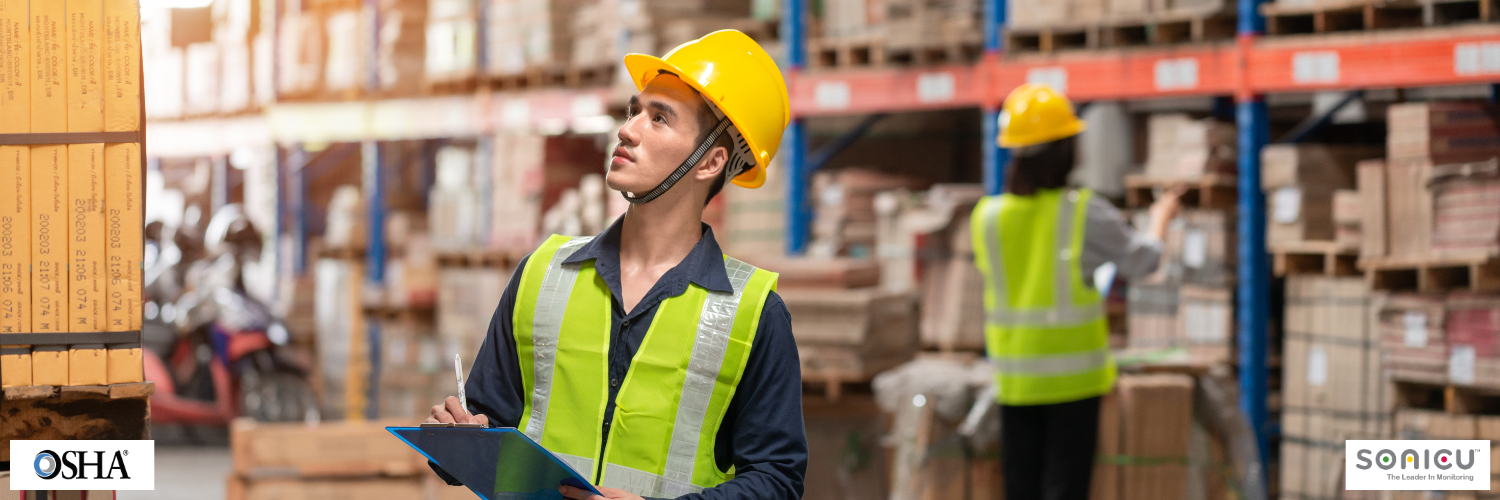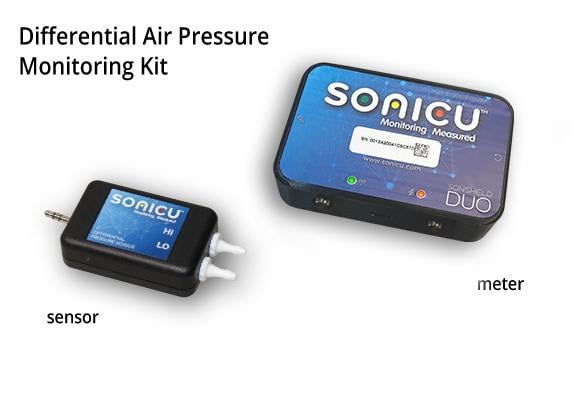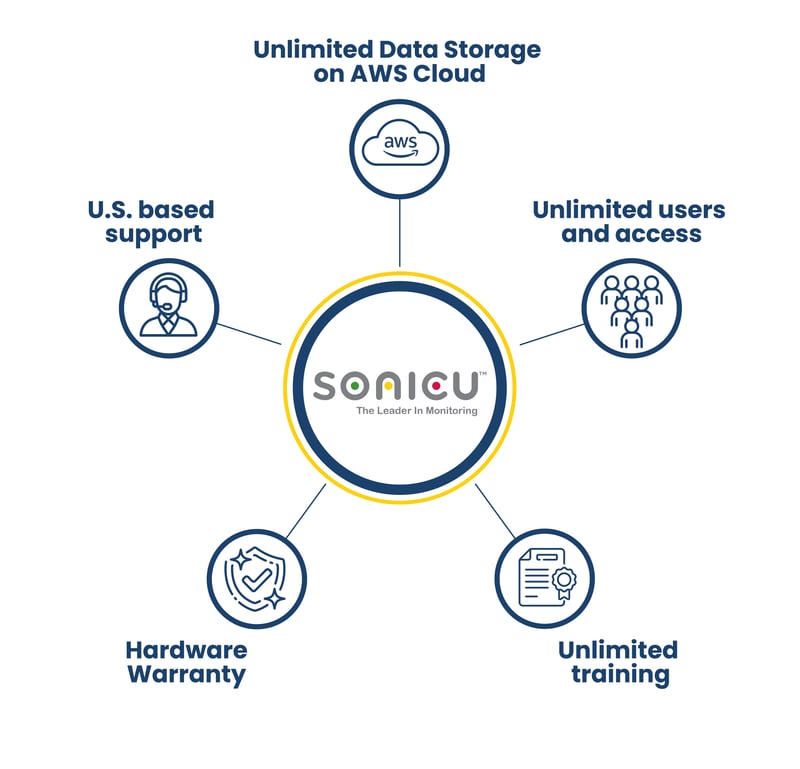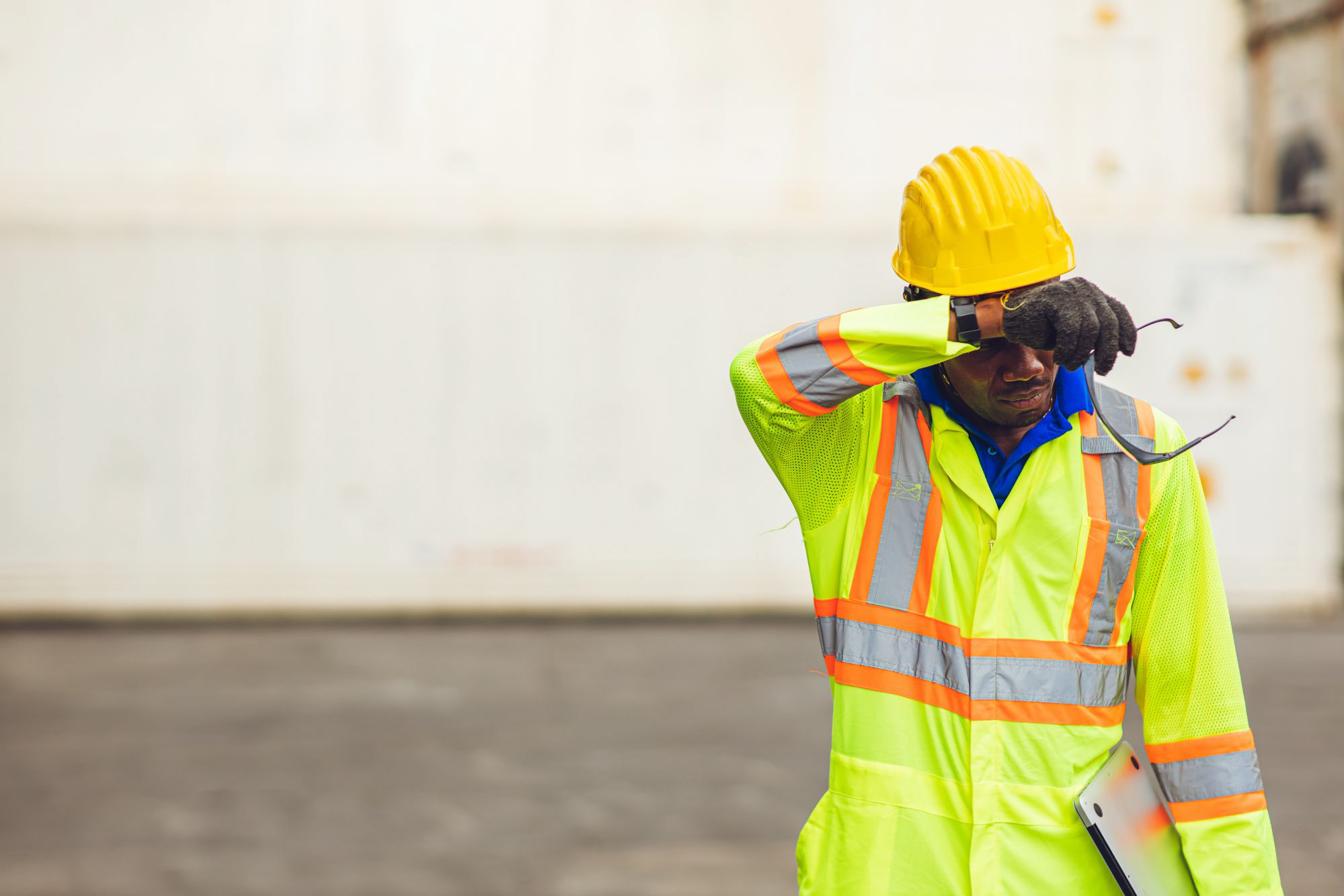
Identifying Open Door Threats in the OR to Reduce Surgical Site Infections
Operating rooms may be among the most tightly regulated environments in healthcare facilities, Sonicy helps ensure they're safe and monitored correctly.
Designed with safety, efficiency and compliance always top of mind, we’ve evolved over a decade with continuous improvements from customer feedback. Serving the healthcare, research and food service industries.
Sonicu offers a comprehensive suite of monitoring solutions
that help organizations safeguard assets, automate compliance and reduce manual processes.
Sonicu offers a comprehensive suite of monitoring solutions
that help organizations safeguard assets, automate compliance and reduce manual processes.
From protecting vaccines and research materials to safeguarding food service and facility operations, Sonicu’s monitoring applications cover temperature, humidity, pressure, and more. Whether you’re in healthcare, life sciences, food safety, or other industries, Sonicu provides visibility, compliance, and peace of mind across all your critical applications.

Understanding Heat Stress and OSHA Regulations: How to Protect Your Employees and Ensure Compliance

Air pressure has major impacts on healthcare safety and compliance.
Effective climate control systems are essential in many different settings, including medical and research facilities.
One major application of these systems is the use of positive and negative pressure rooms.
These specialized environments help prevent the spread of infectious contaminants, maintain the integrity of sterile or restricted spaces, and protect both patients and healthcare professionals.
Monitoring and measuring these spaces can be a critical piece of information related to compliance with federal agencies that enforce strict guidelines around air pressure aimed at safety.
There are significant and diverse consequences for failing to maintain appropriate air pressure conditions in a host of environments, from healthcare and life science settings to advanced manufacturing and food preparation, including:
Positive pressure rooms: Where the air streams out
Otherwise known as protective environments, positive pressure rooms are designed to maintain a higher pressure within the treated space than that of the surrounding spaces.
In other words, in such a room, air may leave without circulating back in. So any airborne particles that originate from within the positive-pressure room will be efficiently filtered out.
While germs and potential contaminants in the surrounding spaces will not gain entry into the room.
Positive pressure rooms are particularly indispensable in medical settings since they allow healthcare professionals to keep vulnerable patients safe from infections and disease.
These rooms require specialized construction and climate control equipment to remain effective, including:
They are especially useful when treating patients with compromised immune systems because any harmful element that’s introduced into the room will be efficiently filtered out.
Positive-pressure rooms are also useful in situations where a specific type of atmosphere must be consistently maintained in the room, like in human and animal nurseries.
Other uses of these systems include in vitro fertilization labs and operating theaters.
Sonicu provides a comprehensive suite of monitoring applications designed to help professionals focused on capturing compliance data around air pressure differentials in hospitals and laboratory settings.
Designed to be easy to install and simple to use, the Sonicu environmental monitoring systems can be deployed by a non-technical healthcare employee, while the reporting in the SoniCloud system is pre-configured to meet the strict requirements of healthcare and life science regulatory agencies.
This case study, from a California-based manufacturing company, demonstrates how easy it is to deploy Sonicu’s air pressure differential monitoring system and how it can be transported between different locations.
Exide Technologies: Mobile Air Pressure Monitoring

Negative pressure rooms
Unlike positive-pressure rooms, these rooms leverage lower air pressure to permit outside air into the segregated environment.
This traps and keeps potentially harmful particles within a negative-pressure room by preventing internal air from leaving the space.
These rooms are indispensable to healthcare facilities where patients with infectious diseases are isolated to protect people in the surrounding spaces from exposure.
Negative pressure rooms are also referred to as airborne infection isolation rooms (AIIRs).
Like the positive variety, AIIRs require specialized construction and climate control equipment to work as desired.
Negative-pressure rooms play a critical role in helping control the spread of infectious diseases within large healthcare facilities like hospitals.
Hospitals use them in inpatient rooms to ensure infectious germs cannot spread throughout the facility via the HVAC system.
They are also used in other areas of the hospital, including emergency rooms, triage areas, bathrooms, autopsy and dark rooms, soiled laundry rooms, and decontamination spaces
The Sonicu air pressure monitoring system can capture the data to ensure your negative pressure environment is performing as required and that you’re ready to validate compliance with a regulatory agency.
Hospitals, clinics, laboratories, and manufacturing facilities across the country rely on Sonicu for affordable and simple air pressure differential monitoring

Installing positive and negative pressure rooms
Installing a pressurized room is a complex task that demands careful planning to make sure the room seamlessly suits the facility’s needs and space, conforms to applicable regulations, and protects patients and the general public from the spread of infectious diseases.
Properly installed positive and negative pressure rooms can be instrumental in preserving a healthy environment for hospital patients or one compromised by dangerous pathogens.
Proper installation of a pressurized room is essential to its effectiveness in controlling airborne contaminants.
Hospital managers should enlist the services of experienced and skilled contractors with the necessary expertise in designing and constructing these sorts of rooms to guarantee all requirements are met.
Below are the steps commonly involved in the installation of a positive or negative pressure room.
In conclusion, positive and negative pressure rooms are indispensable components of modern healthcare facilities and research centers.
By helping prevent the spread of infectious diseases, they play a key role in keeping people safe and healthy.
Subscribe to our newsletter for expert insights, product updates, and strategies to keep your operations running smoothly.

